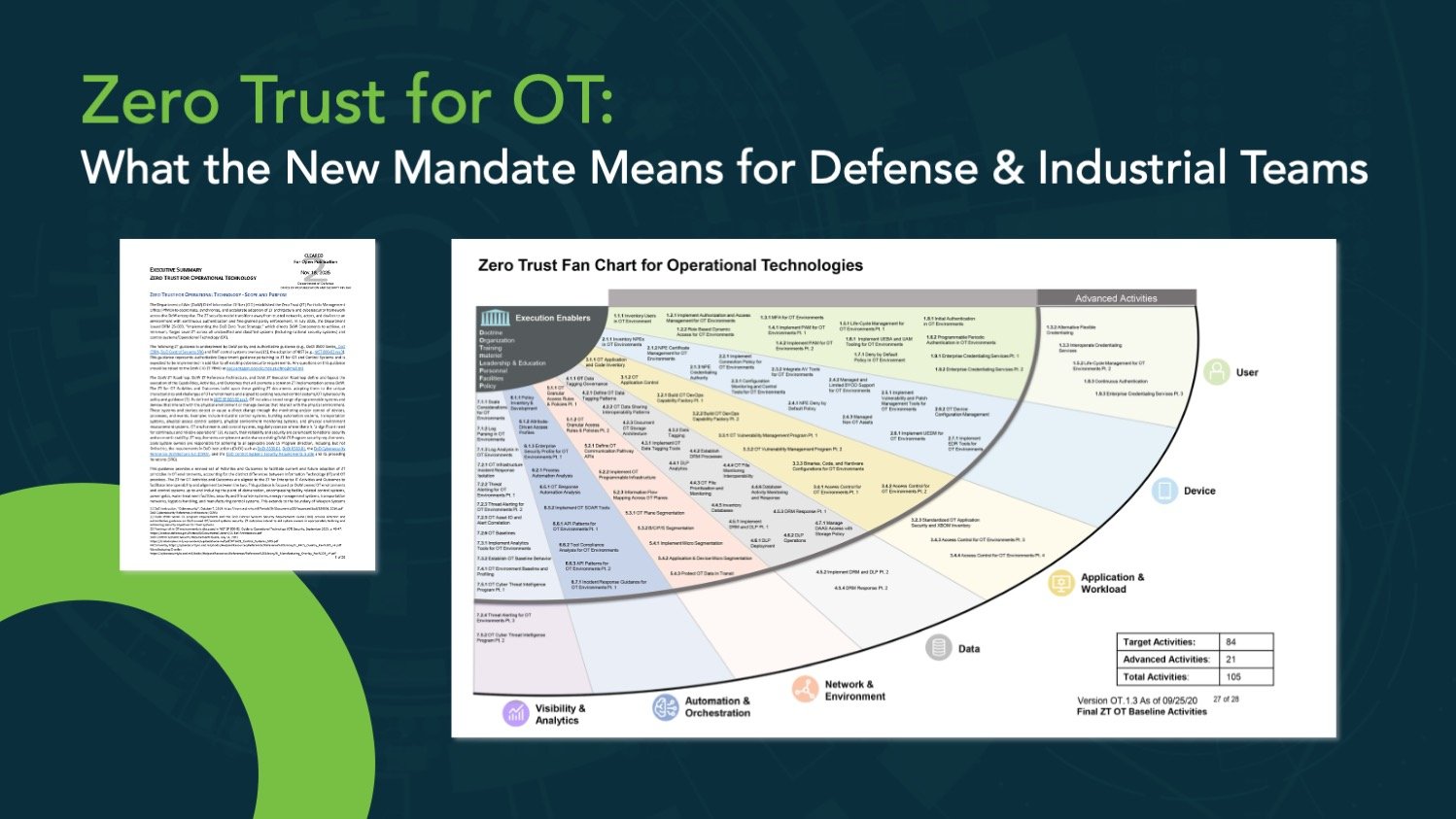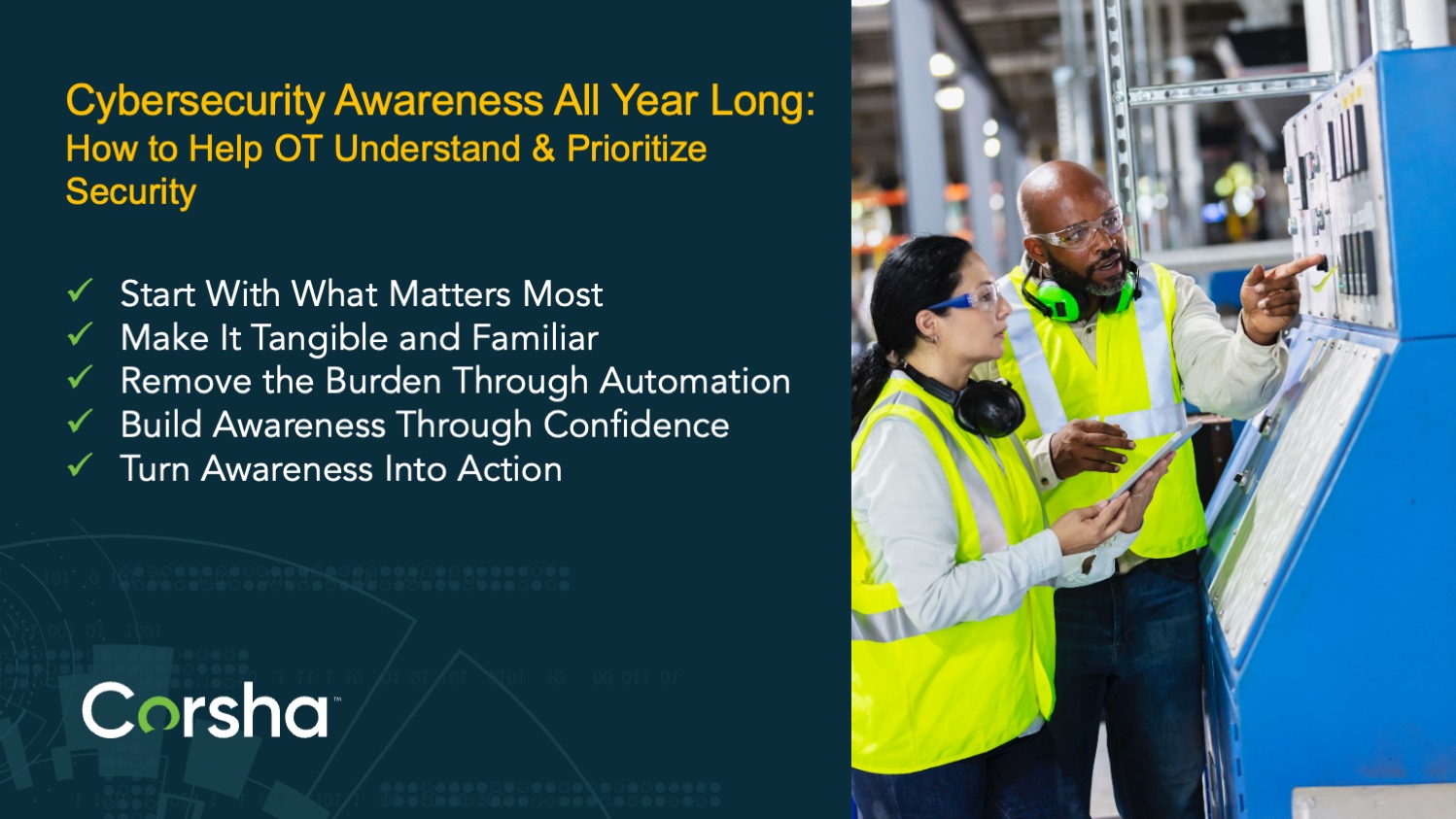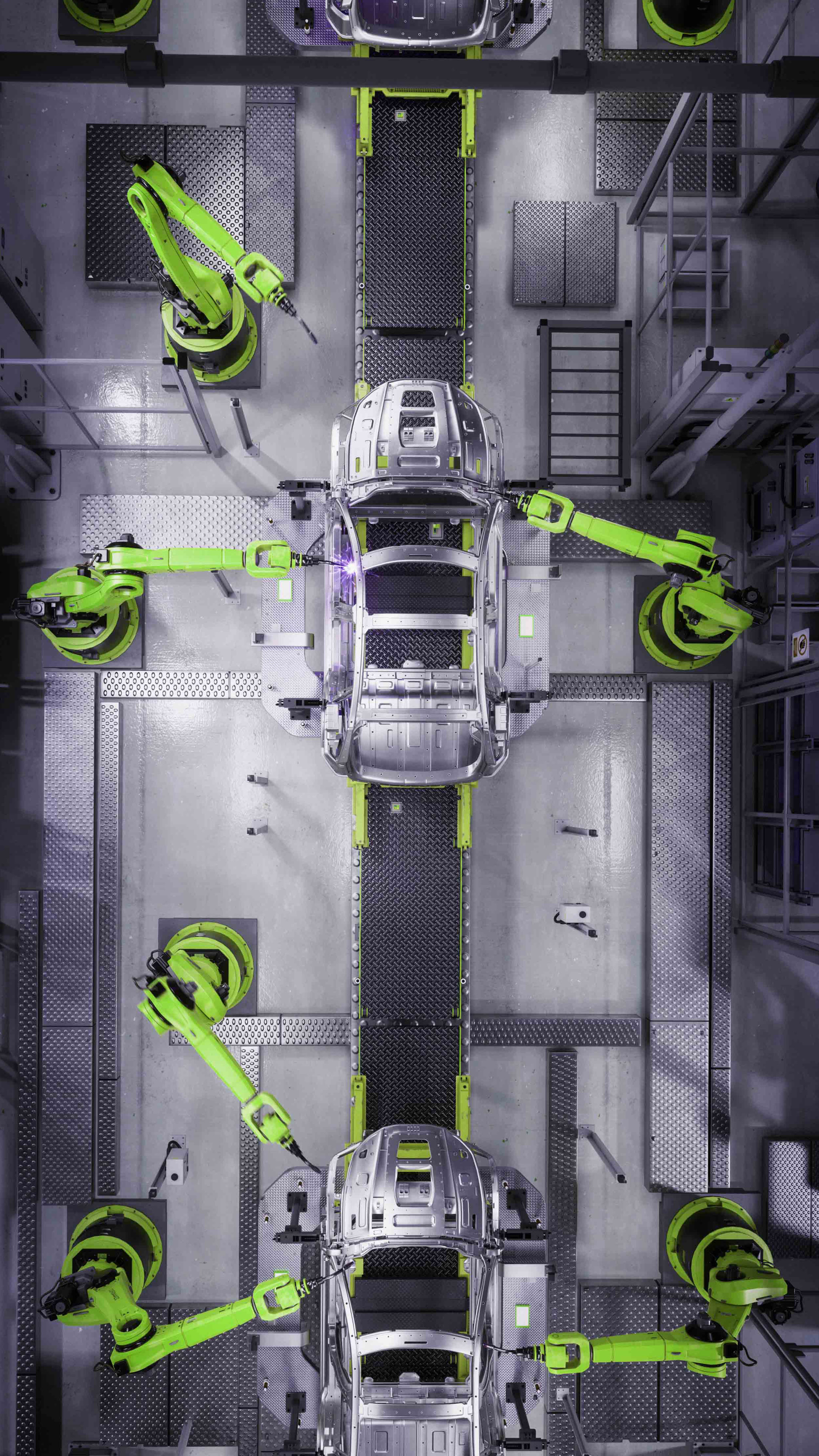In the ever-transforming landscape of Industry 4.0, where automation and data exchange are reshaping the way industries operate, one aspect stands as the cornerstone of this evolution: secure communication between machines. In this dynamic era, ensuring this dialogue remains safeguarded is paramount.
Understanding the Complexity of Machine Communication:
In Industry 4.0, machines are no longer standalone entities; they're interconnected, sharing data, insights, and instructions in real-time. This interconnectivity, while revolutionary, also opens the door to a host of cyber threats. Picture this: machines in a smart factory communicating their statuses, relaying production data, or even adjusting processes. Now, imagine if this communication was intercepted, altered, or worse, maliciously exploited. The consequences could be catastrophic.
The advancing landscape of Industry 4.0, where automation and data exchange define the future of manufacturing, securing machine-to-machine (M2M) communications has become a critical imperative. The interconnectedness of devices and systems in Industry 4.0 offers unprecedented efficiency. As industries embrace the potential of smart factories, intelligent supply chains, and automated processes, it becomes paramount to safeguard these M2M communications against unauthorized access, data breaches, and tampering.
Defining the Challenges:
Industry 4.0 networks are susceptible to various cyber threats. One primary concern is unauthorized access to critical systems. Cybercriminals often exploit vulnerabilities in interconnected devices to gain unauthorized entry, potentially disrupting operations or stealing sensitive data. Another threat arises from tampering with data during transmission. If malicious actors intercept and manipulate M2M communication, it can lead to incorrect instructions, faulty production, or compromised quality control.
The Solution: Multi-Factor Authentication for Machines:
In the battle against these threats, Multi-Factor Authentication (MFA) emerges as a robust solution. MFA for machines operates similarly to its human-oriented counterpart. This additional layer of security significantly enhances the authentication process, making it exponentially harder for unauthorized entities to infiltrate M2M communications.
How MFA Enhances Security:
- Machine Identity Verification: MFA validates the identity of each machine involved in the communication process. By employing cryptographic keys, or digital certificates, machines are authenticated before transmitting or receiving data.
- Data Encryption: MFA ensures that data transmitted between machines is encrypted, rendering it incomprehensible to anyone attempting to intercept the communication. Even if intercepted, the encrypted data remains secure and unreadable without the appropriate decryption keys.
- Dynamic Authentication: MFA introduces dynamic elements into the authentication process. This means that the verification factors can change, such as utilizing one-time use codes, tokens, or device-specific information. Dynamic authentication methods enhance security by minimizing the predictability of authentication processes.
- Continuous Authentication: MFA solutions often incorporate continuous authentication mechanisms, continuously verifying the identity of communicating machines throughout the duration of their interaction. This real-time verification adds an extra layer of security, especially in long-lasting M2M communications.
Implementing MFA in Industry 4.0:
To effectively implement MFA for machines in Industry 4.0 environments, organizations must adopt MFA solutions tailored specifically for M2M communications. These solutions should offer seamless integration with existing systems, support various authentication methods, and provide real-time monitoring and alerting capabilities. Regular updates and proactive threat assessments are vital to staying ahead of evolving cyber threats.
As Industry 4.0 revolutionizes manufacturing and automation, securing M2M communications stands as a non-negotiable priority. Multi-Factor Authentication emerges not just as a solution but as a cornerstone in this endeavor. By implementing MFA tailored for machines, industries can fortify their M2M communications, ensuring a future where smart factories and interconnected systems operate securely, efficiently, and without compromise.
Corsha’s Solution for Secure OT to IT Hyper Connectivity
Corsha’s Zero Trust Platform offers a cutting-edge solution for advancing API and machine-to-machine security. It introduces the industry’s first dynamic and fully automated Multi-Factor Authentication (MFA) for APIs, ensuring that organizations can protect their APIs within complex and dynamic environments like the cloud and edge computing.
What sets Corsha apart is its ability to bring the proven security benefits of MFA, which have been successful with human users, into the realm of APIs and manufacturing protocols. This dynamic and continuous verification process is a fundamental element of zero-trust frameworks, enhancing the overall security posture.
Corsha’s platform addresses essential security drivers, including protection against machine-to-machine exploits like man-in-the-middle attacks and API credential stuffing. It also acts as a catalyst for enhancing security and automation in data movement workflows across diverse networks, providing dynamic machine identities for API clients and a unified view of machines in hybrid deployments. Additionally, it offers precise control over API access on a per-machine basis, and excels in creating secure, API-only connections, even for machines that may have pre-existing, nonstandard, or inadequate connectivity and security measures.
Corsha’s platform creates fine-grained, API-only connections between untrusted machines and digital engineering systems even across network boundaries that require high trust, continuous authentication, easy integration, full observability, and pinpoint control. By providing both hardware and software-based Connectors, Corsha’s technology is a drop-in solution where modern cyber controls can now be seamlessly retrofitted into Industrial IOT enclaves. All in all, Corsha’s technology acts as a security enabler of crucial automation and data movement workflows within and beyond OT networks.
Corsha’s solution is a dynamic multi-factor authenticator (MFA) for machine-to-machine connections, such as SCADA protocols, APIs and IoT protocols. It is a strong MFA for machine-to-machine connections that can be deployed to secure machine connections in diverse architectures at the scale and speed of automated cloud computing as well as in support of legacy networks. It provides the same MFA security guarantees that have proven successful with human users – a dynamic, out-of-band authentication factor.


